Introduction:
Artificial Intelligence, in the recent past, has grown to become one of the essential tools that take part in molding different sectors of our lives. One of its most intriguing and significant applications is the ability to predict future events. Predictive AI churns massive amounts of data with advanced algorithms to accurately predict outcomes. However, for responsible use and maximizing the potential of AI, understanding the potential and limits these predictions can reach is crucial.
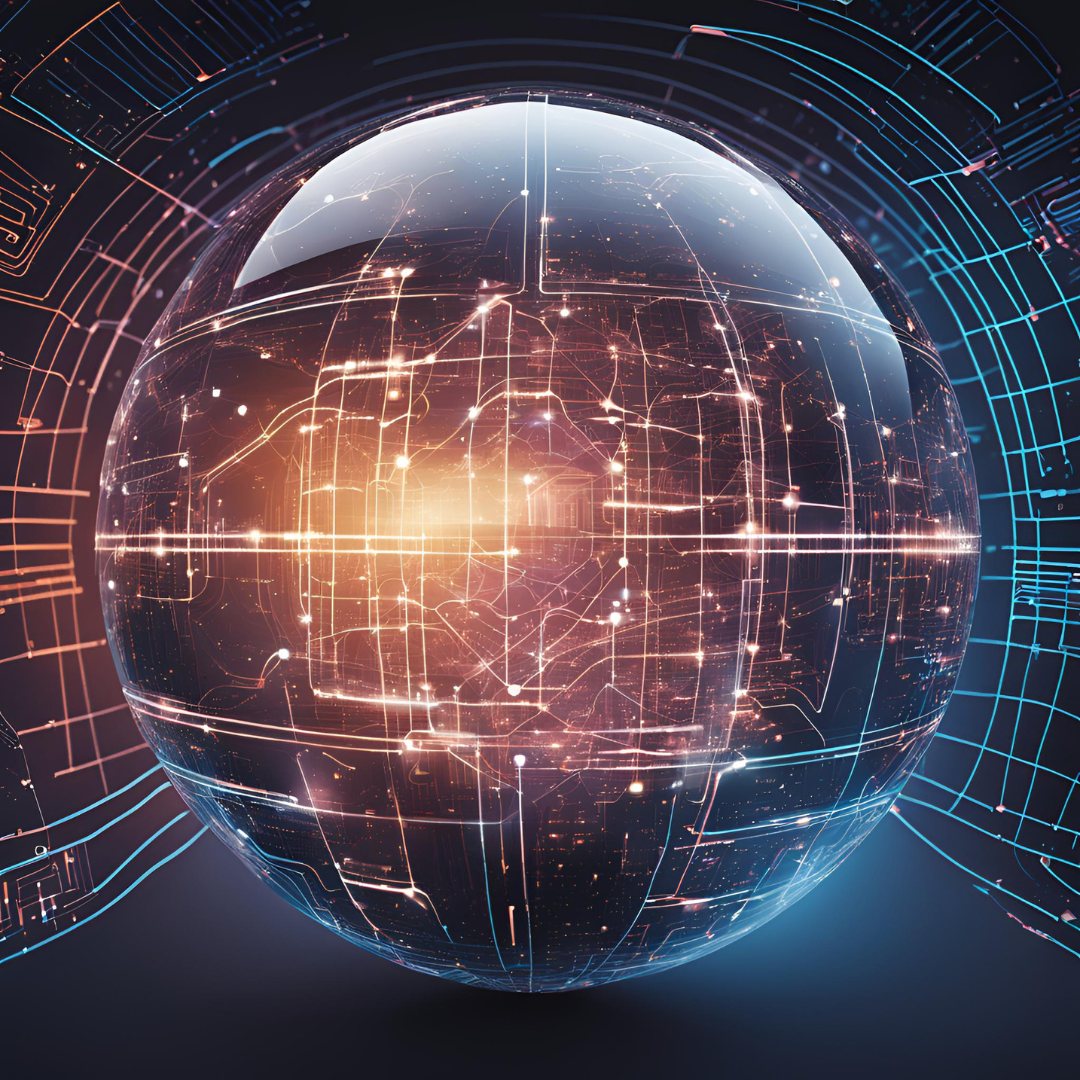
Section 1: The Science Behind Predictive AI
Predictive AI is built on machine learning and deep learning models that are accurately predictive. The very foundation of predictive AI lies in machine learning and deep learning models that predict with high accuracy. Such models are trained on large data sets that help them pick out patterns and trends that human eyes would never see. The key here is big data: the more significant the data, the better the training and, hence, better predictions. Some key predictive algorithms include neural networks that mimic the structure and functioning of a human brain and regression models that predict a dependent variable based on one or more independent variables.
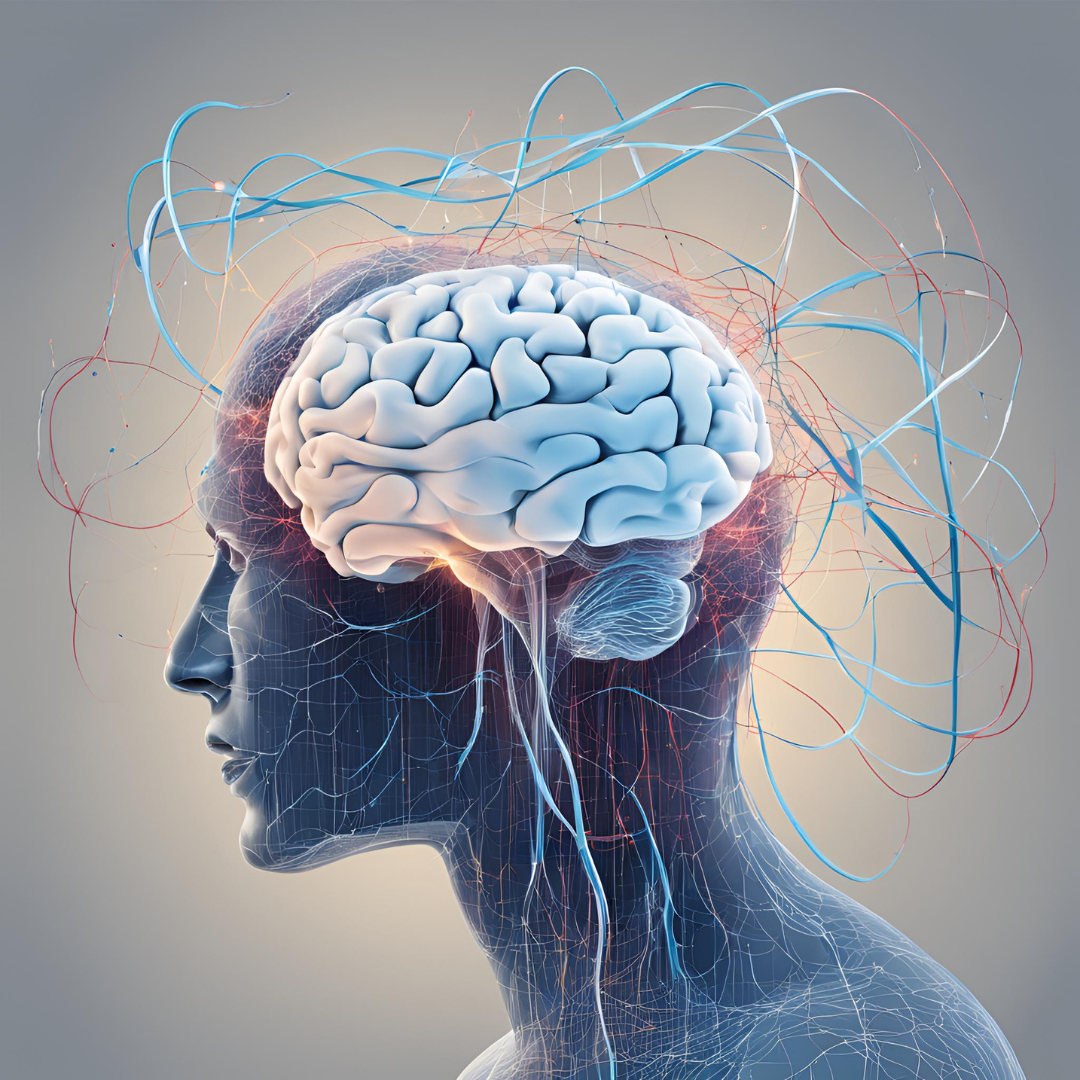
Section 2: Real-World Applications of Predictive AI
Healthcare:
- Prediction of Outbreaks: AI can analyze epidemiological data to predict future disease outbreaks; this insight allows timely interventions.
- Patient Outcomes: Using patient-specific data, it predicts the time taken for recovery and complications that could arise in each case, which helps the physician make better decisions.
- Personalized Treatment Plans: Suggesting personalized treatment plans based on individual patient data to help elevate the overall quality of care.
Finance:
- Stock Market Predictions: The AI model will analyze market data to predict price changes within stock markets. That helps investors make strategic decisions on where and when to invest.
- Risk Management: It aids financial institutions in identifying and managing risks with the help of predictive AI for disturbances in the market.
- Fraud Detection: AI can detect unusual patterns in transactional data indicated as a fraudulent incident and immediately stop.
Weather Forecasting:
- AI makes it easier to predict catastrophes, such as hurricanes and earthquakes, more accurately than ever before. As such, the world becomes more proactive in defending itself against impending catastrophes.
- The AI model can give forth predictions on climate change in the long term, which is critical information for policymakers and environmental strategy.
Consumer Behavior:
- Predicting Buying Patterns: AI algorithms predict buying behavior by analyzing consumer-related data, thus allowing businesses to customize marketing campaigns.
- Personalization in the Marketing Strategies: With the knowledge of what a customer desires, AI can help companies come up with personalized messages to the customers, which would boost engagement and, through this, sales.
Section 3: Success Stories
There are indeed many success stories, but the intent is that predictive AI transformed many things. In the healthcare space, the effective prediction around an Ebola outbreak thus helped in taking immediate actions and containment. In finance, artificial intelligence-related algorithms have been much better than conventional methods of predicting the stock market, resulting in significant returns for investors. It has only made forecasts for hurricanes more accurate, thus saving many lives and much property. These examples underline the vast potential of predictive AI for many industries.
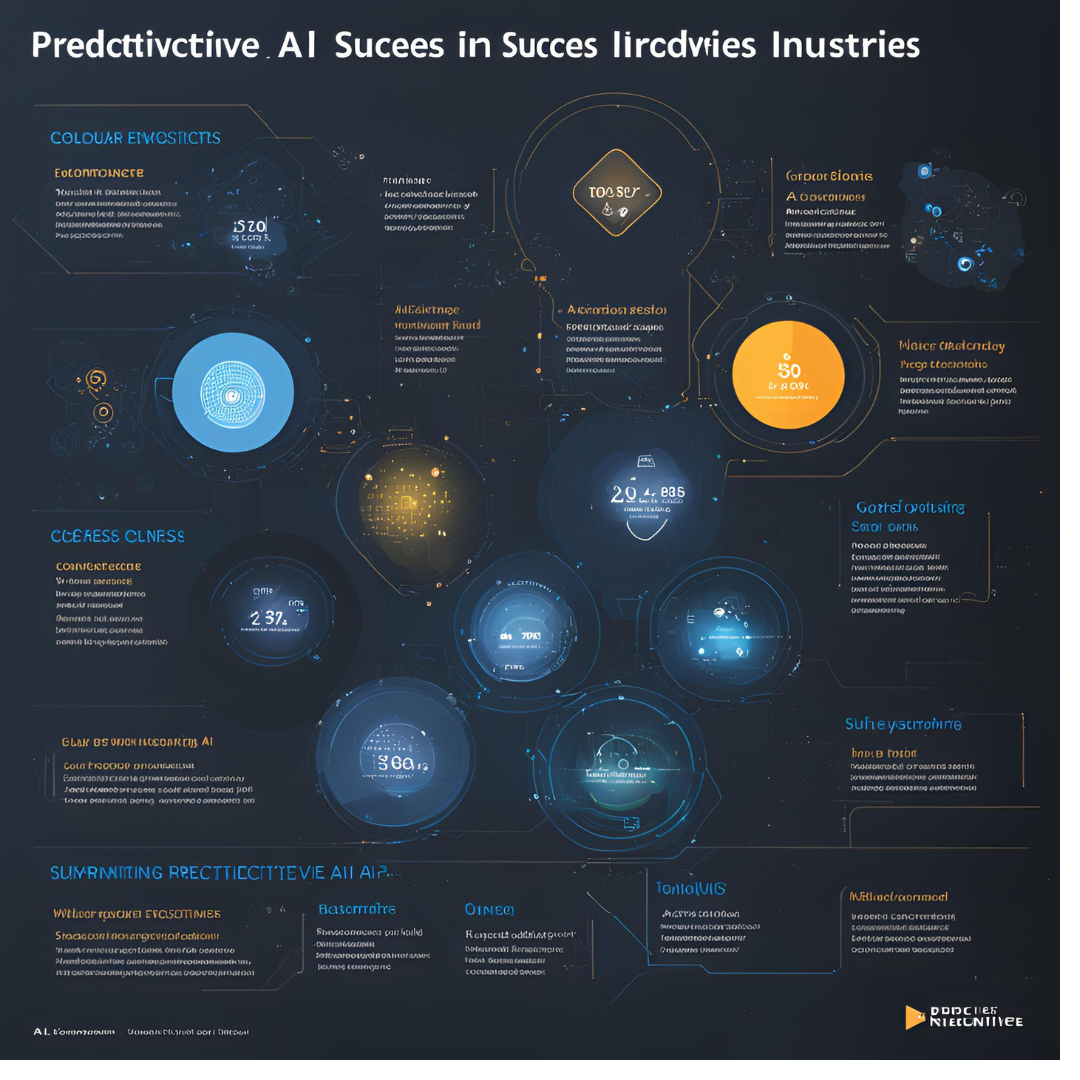
Section 4: Ethical and Practical Challenges
While such promise abounds, predictive AI has its ethical and practical challenges. Data privacy is a big concern: AI systems, most of the time, need access to vast amounts of personal data, thereby leading to issues with data storage and usage. Another important aspect relates to ethical implications when the predictions made by AI influence decisions related to people’s lives, like loan approval and treatment in medical use. Critical, too, are issues of bias in AI predictions: with biased training data, the predictions will also be biased. These biases can only be handled if sufficient and representative datasets exist. Also, the potential of AI to be capable of predicting events is not always perfect; this is due to the enormous complexity and unpredictability of some events. Even though it can spot patterns, most variables usually cannot be predicted, especially in chaotic systems such as financial markets or human behavior.

Section 5: The Future of Predictive AI
So far, a range of systems has realized this capability, but its future seems bright, enabled by forthcoming technologies. From advances in quantum computing, for instance, the speed and accuracy of AI predictions will be altered. The human-AI partnership to render predictions accurate and ethical applies today in advancing predictive artificial intelligence applications in transforming industries, from autonomous vehicles that traverse traffic to AI that powers climate models, whose recommendations frame global policy.
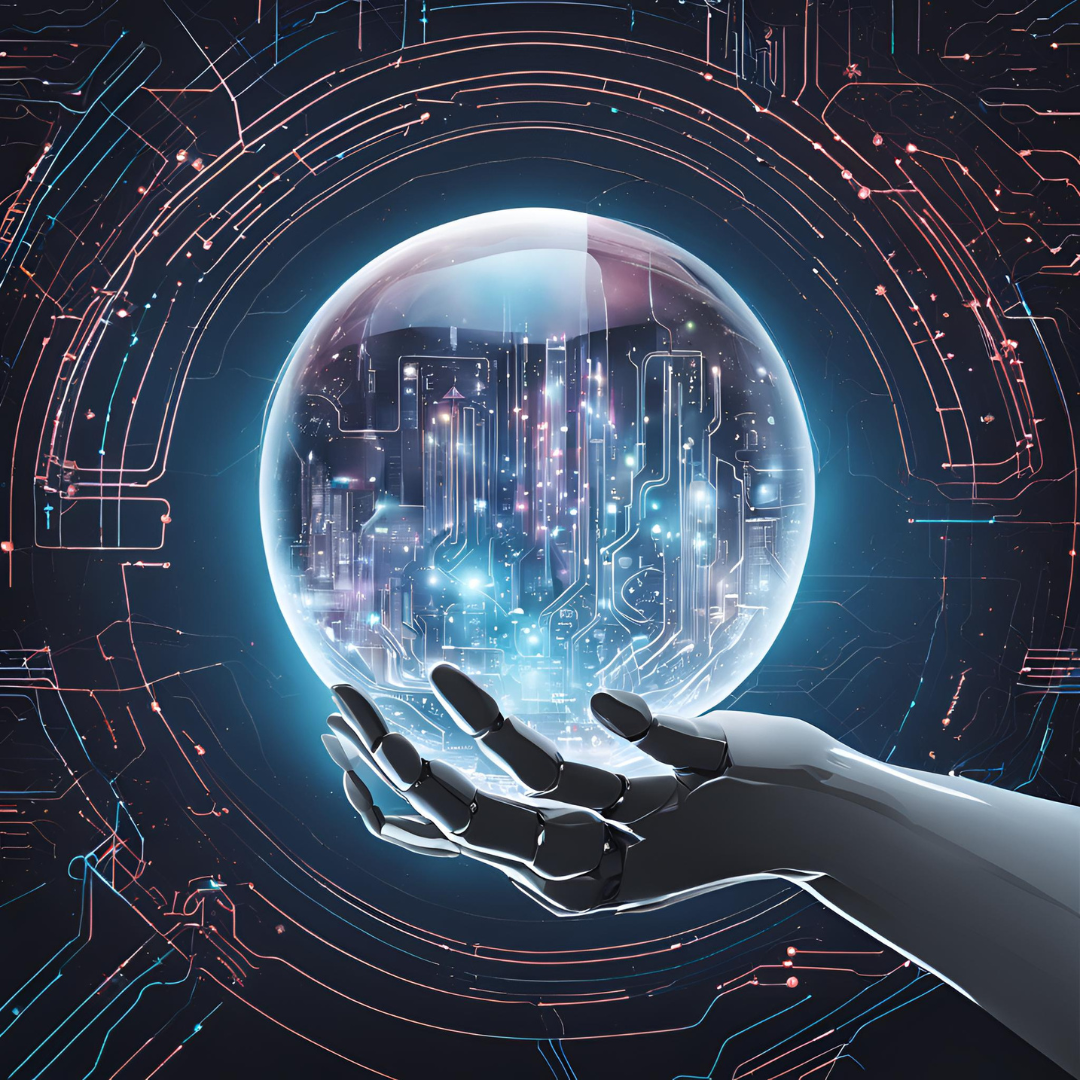
Conclusion:
Predictive AI has great potential in improving several spheres of our lives, such as health and finance, in meteorology and consumer behavior; however, the ethical and practical dilemmas associated with these advances must be realized and resolved. Therefore, responsible development and deployment of AI will require continuous research and an informed public discourse to fully and effectively utilize predictive AI.

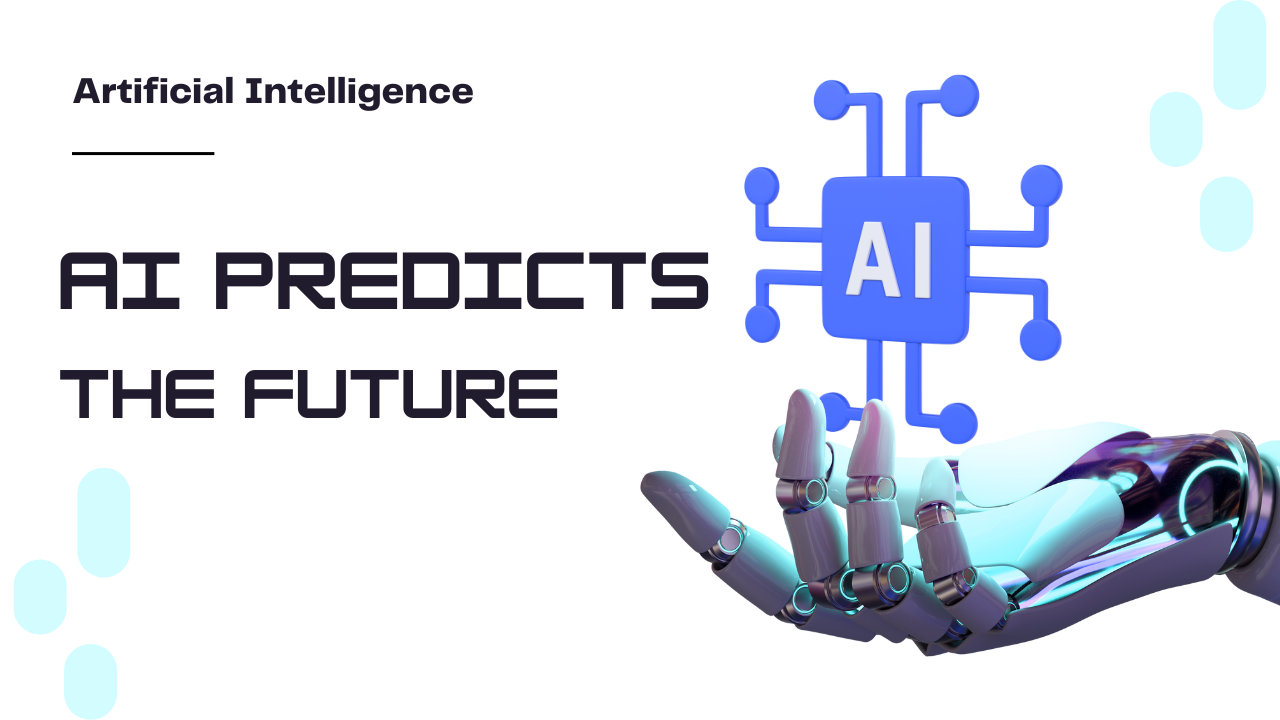
I’m truly enjoying the design and layout of your site.
It’s a very easy on the eyes which makees iit much mor pleasant for me to come hee and
visit more often. Did you hire out a developer
to create your theme? Exceptional work! https://Lvivforum.pp.ua
Thanks for the wonderful words
No Sir, this will be design by me, I am a Developer.